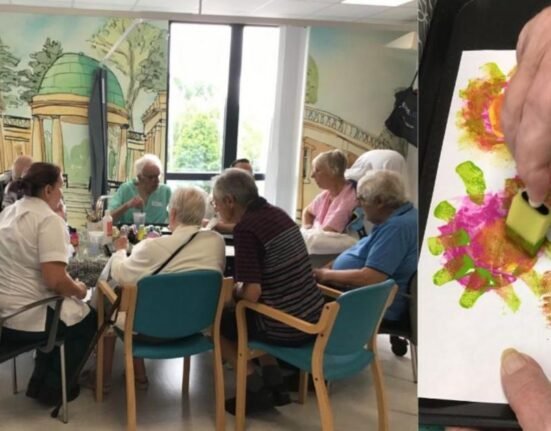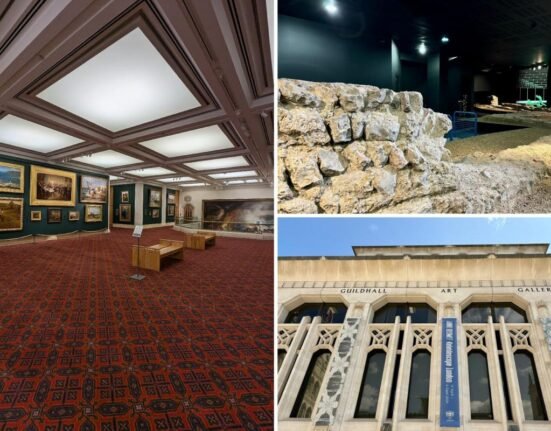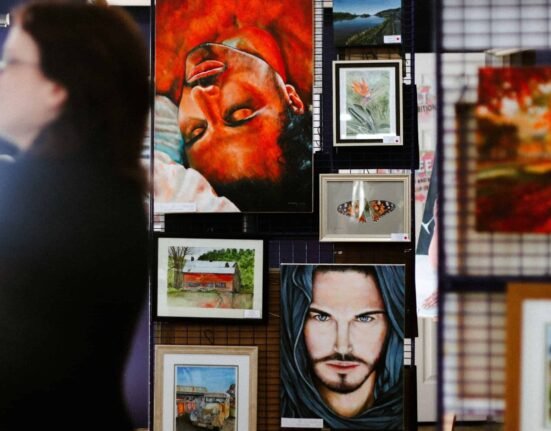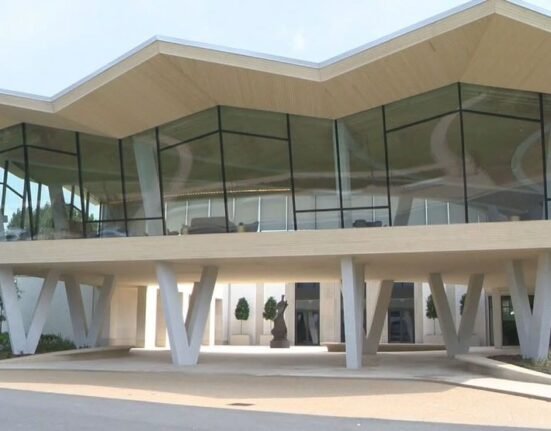Artificial Intelligence (AI) is reshaping numerous industries, and the world of art is no exception. With the rise of AI chatbots and Photo AI, digital art creation and interactive experiences are experiencing a revolution. These technologies are enabling both professionals and enthusiasts to explore new creative possibilities, making art more interactive, personalized, and immersive. In this article, we’ll explore how AI chatbots and Photo AI are changing the landscape of digital art and interactive experiences, and what the future holds for these technologies.
What Are AI Chatbots and Photo AI?
AI chatbots are software applications designed to simulate human-like conversations with users through text or voice. These chatbots use natural language processing (NLP) and machine learning to understand user inputs and provide responses. In the context of digital art, AI chatbots can assist users in creating art, providing feedback, and offering personalized recommendations based on user preferences and behaviors.
Photo AI, on the other hand, refers to the use of artificial intelligence to manipulate, enhance, and generate images. Photo AI tools can transform simple photos into high-quality, realistic images or even create entirely new artworks from scratch. This technology can be used to enhance existing photographs, remove backgrounds, or generate entirely unique visual content.
When combined, AI chatbots and Photo AI offer a powerful, dynamic toolset for both creators and audiences, enabling a deeper, more interactive experience in the world of digital art.
The Role of AI Chatbots in Interactive Art Experiences
One of the most exciting applications of AI chatbots in digital art is their ability to create interactive, personalized experiences for users. These chatbots can act as virtual assistants, guiding users through art creation, providing real-time feedback, and offering suggestions based on the user’s artistic preferences.
For example, an AI chatbot could help a user choose the right colors for a digital painting, suggest artistic techniques, or even assist in generating new ideas for their work. By interacting with users in real-time, chatbots provide a more dynamic and personalized experience compared to traditional, static art tutorials.
Additionally, AI chatbots can offer interactive art exhibitions or virtual galleries, where users can ask questions about the artwork, learn about the artists, and receive personalized recommendations. This creates a more engaging experience, as the art becomes more accessible and participatory.
How Photo AI Enhances Digital Art Creation
Photo AI is transforming how digital art is created by automating and enhancing various aspects of the art-making process. Traditionally, digital artists had to rely on their skills with various software tools to create and manipulate images. With Photo AI, however, artists can now use advanced algorithms to automate tasks like enhancing image quality, generating new elements, and even creating entire works of art from scratch.
For example, Photo AI tools can take a basic sketch or a photograph and transform it into a highly detailed, realistic image. Artists can input their vision, and Photo AI will generate artwork based on that input, making the creation process much faster and more accessible. This is especially useful for artists who may not have extensive technical skills but still wish to produce high-quality digital artwork.
Moreover, Photo AI allows for the creation of entirely new styles and designs. Artists can use AI to experiment with different visual styles, manipulate existing images, and generate unique compositions that would have been difficult or time-consuming to achieve manually.
The Synergy Between AI Chatbots and Photo AI in Digital Art
When combined, AI chatbots and Photo AI create a truly interactive and personalized art experience. AI chatbots can engage with users, understand their artistic preferences, and direct them toward the appropriate Photo AI tools to create the desired effects. For example, a user might ask a chatbot for help in creating a portrait, and the chatbot could guide them through a series of steps, offering Photo AI tools for refining details or adding artistic effects.
This synergy allows for a highly customized experience. As the user interacts with the AI chatbot, the system learns their preferences, improving the quality of recommendations over time. The user can then use Photo AI tools to enhance or create digital art that fits their unique style and needs. This seamless integration creates a dynamic, user-friendly platform for both experienced artists and beginners.
The Future of Digital Art: How AI Chatbots and Photo AI Will Shape Creative Industries
The future of digital art is full of possibilities, thanks to the integration of AI chatbots and Photo AI. As these technologies continue to evolve, we can expect even more immersive, interactive, and personalized art experiences.
Integration with AR/VR
In the future, AI chatbots and Photo AI will likely integrate with augmented reality (AR) and virtual reality (VR), offering users the ability to create and interact with digital art in a fully immersive 3D environment. Imagine exploring a virtual art gallery where you can speak with an AI chatbot to learn about the artworks, ask questions, and even create your own art using Photo AI tools within the VR environment. This could transform how people experience and interact with art, making it more engaging and accessible than ever before.
Interactive Virtual Galleries
Another exciting development is the rise of virtual art galleries. These online spaces will use AI chatbots to guide users through exhibits, providing them with personalized recommendations based on their preferences. Photo AI could be used to generate new artwork in real-time, allowing each visitor to experience unique, evolving galleries. This would make art more dynamic, with the ability to create endless variations and iterations of a single exhibit.
AI Art Assistants
In the future, AI chatbots could serve as personal art assistants, offering step-by-step guidance for artists, whether they’re creating a digital painting, graphic design, or 3D model. These AI assistants could suggest tools, techniques, and improvements as the artist works, making the process more collaborative and efficient.
Ethical Considerations in AI-Powered Digital Art
With the rise of AI-powered digital art, there are important ethical considerations to address. One major concern is the issue of ownership and copyright. When an artwork is created by AI, who owns the rights to it? Is it the user who guided the AI, or the developer of the AI tool? These are questions that will need to be answered as AI continues to play a larger role in the creative industries.
Another ethical consideration is the potential for bias in AI-generated art. AI systems are trained on vast datasets, and if those datasets are not diverse enough, the art generated by AI could reinforce harmful stereotypes or exclude certain perspectives. It’s essential that the creators of AI tools take steps to ensure diversity and inclusivity in their algorithms.
The Impact of AI on the Art Community and Audience Engagement
AI technologies are democratizing art creation, giving more people access to tools that were once reserved for professional artists. With the help of AI chatbots and Photo AI, anyone can explore their creativity, regardless of their technical skills. This has the potential to greatly expand the diversity of voices and styles in the art world.
Furthermore, AI is enhancing how audiences interact with art. Through AI chatbots, visitors to digital galleries or online platforms can have more engaging and personalized experiences. Instead of passively viewing art, they can actively engage with it, ask questions, and even influence the art itself through interactive conversations.
Conclusion: Embracing the Future of AI in Digital Art and Interactive Experiences
The integration of AI chatbots and Photo AI is transforming the way we create, experience, and interact with art. These technologies are enabling more personalized, immersive, and interactive experiences, making art more accessible to a broader audience. As AI continues to evolve, we can expect even more exciting developments in the world of digital art.
To explore how these technologies are shaping the future of creativity, visit XME bio for the latest in AI innovations. Also, check out Photo AI to experience the cutting-edge tools that are enhancing digital art creation and transforming the art industry.







